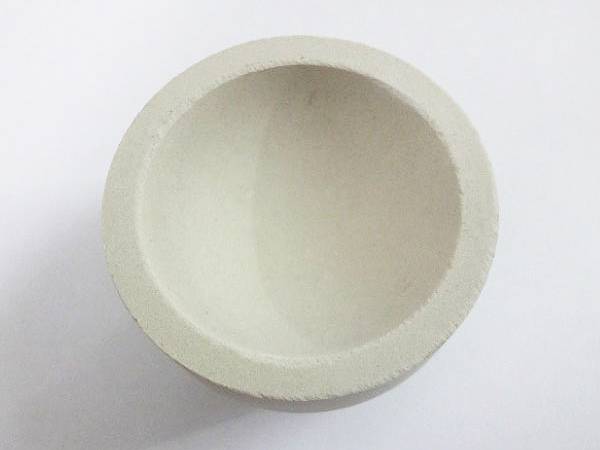



Safety Data Sheet for Sodium Dihydrogen Phosphate Dihydrate Chemical Properties and Handling Instructions
Understanding the Safety Data Sheet of Sodium Dihydrogen Phosphate Dihydrate
Sodium Dihydrogen Phosphate Dihydrate, often referred to as NaH2PO4·2H2O, is an important chemical compound widely used in various applications, including food additives, fertilizers, and buffer solutions in laboratories. While it is generally considered safe for use under specific conditions, understanding the safety aspects related to its handling and usage is essential. This article provides an overview of the critical information typically found in a Material Safety Data Sheet (MSDS) for Sodium Dihydrogen Phosphate Dihydrate, highlighting its composition, hazards, handling procedures, and first aid measures.
Chemical Identification
Sodium Dihydrogen Phosphate Dihydrate is a crystalline solid, usually appearing as white granules or powder. In terms of chemical properties, it has a molar mass of approximately 156.01 g/mol, and its density is around 1.8 g/cm³. The compound is soluble in water, making it an ideal candidate for various aqueous applications.
Hazards Identification
The MSDS for Sodium Dihydrogen Phosphate Dihydrate outlines that the compound is generally non-hazardous. However, it can cause mild irritation to the eyes, skin, and respiratory tract upon exposure. The document emphasizes the importance of avoiding direct contact with the substance and using appropriate personal protective equipment (PPE) when handling it. For example, safety goggles and gloves are recommended to prevent irritation.
In terms of chemical reactivity, Sodium Dihydrogen Phosphate Dihydrate does not present significant hazards; it is stable under normal conditions and poses no risk of explosive reactions
. However, it can undergo hydrolysis in the presence of strong acids or bases, which may create phosphoric acid or related harmful substances.First Aid Measures
sodium dihydrogen phosphate dihydrate msds

The MSDS provides detailed first aid instructions in case of accidental exposure. If Sodium Dihydrogen Phosphate Dihydrate comes into contact with the skin, it is advised to wash the area with plenty of soap and water. If irritation persists, medical attention should be sought. In case of eye contact, it is crucial to rinse the eyes with water for at least 15 minutes while keeping the eyelids open to ensure the thorough removal of particles. For any inhalation exposure, the affected individual should be moved to fresh air immediately, and medical assistance should be sought if they experience persistent symptoms.
Handling and Storage
Proper handling and storage practices are essential to ensure safety while using Sodium Dihydrogen Phosphate Dihydrate. The MSDS recommends storing the chemical in a cool, dry place, away from incompatible substances such as strong acids and bases. Containers should be tightly sealed when not in use to prevent moisture absorption, which can affect the compound's integrity.
When handling, it is advisable to work in a well-ventilated area and to avoid creating dust. Additionally, having access to eyewash stations and safety showers in the vicinity of work areas is a prudent safety measure.
Environmental Considerations
While Sodium Dihydrogen Phosphate Dihydrate is considered environmentally benign under typical usage scenarios, it should still be disposed of properly following local regulations. The MSDS often includes guidelines for disposal, recommending that waste materials containing the compound be sent to an appropriate waste disposal facility. Avoiding release into the environment or waterways is crucial to prevent any potential ecological impact.
Conclusion
In summary, Sodium Dihydrogen Phosphate Dihydrate is a widely utilized compound that presents minimal hazards when appropriate safety measures are taken. Understanding its safety data, including handling, storage, and first aid procedures, is vital for anyone who works with this chemical. While the risks associated with Sodium Dihydrogen Phosphate Dihydrate are low, adhering to the practices outlined in its MSDS ensures a safe working environment and promotes best practices in chemical handling. Always consult the specific MSDS for the latest and most detailed safety information regarding this compound before use.
-
Why Sodium Persulfate Is Everywhere NowNewsJul.07,2025
-
Why Polyacrylamide Is in High DemandNewsJul.07,2025
-
Understanding Paint Chemicals and Their ApplicationsNewsJul.07,2025
-
Smart Use Of Mining ChemicalsNewsJul.07,2025
-
Practical Uses of Potassium MonopersulfateNewsJul.07,2025
-
Agrochemicals In Real FarmingNewsJul.07,2025
-
Sodium Chlorite Hot UsesNewsJul.01,2025










